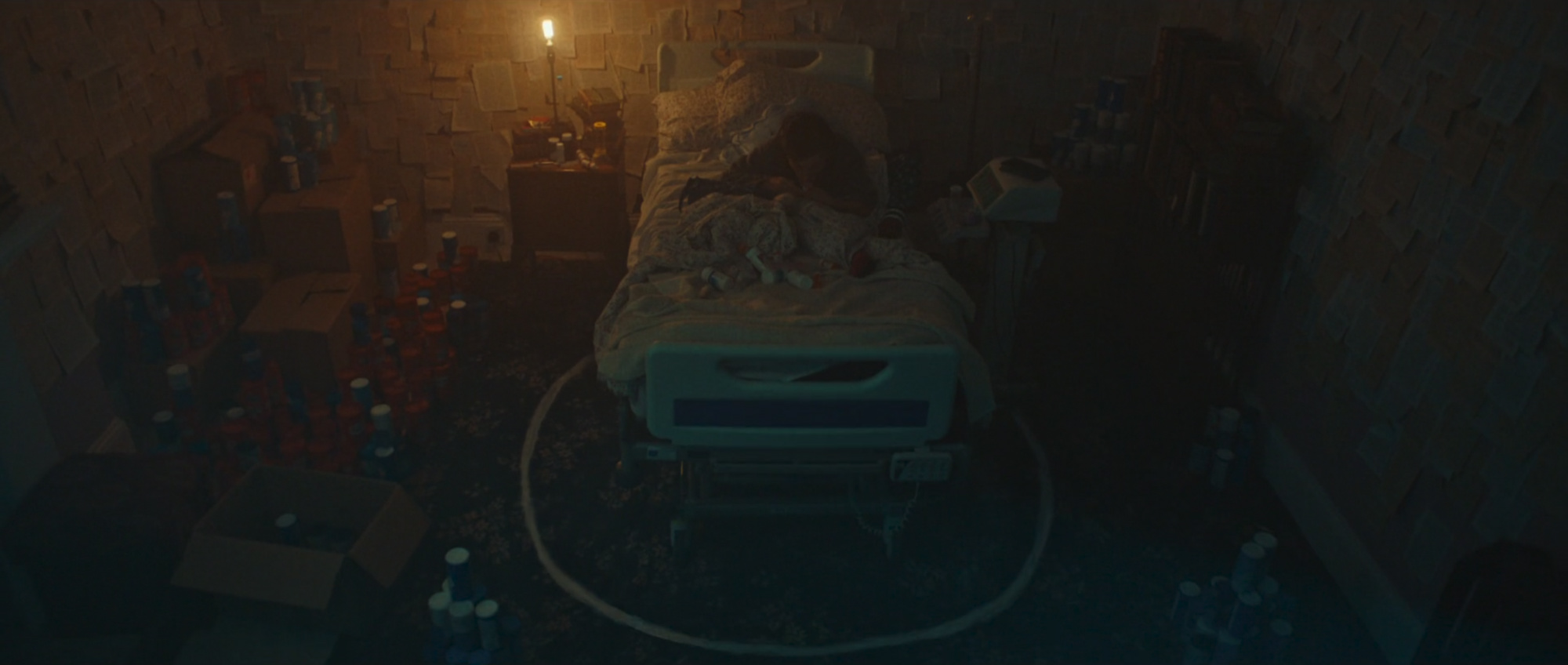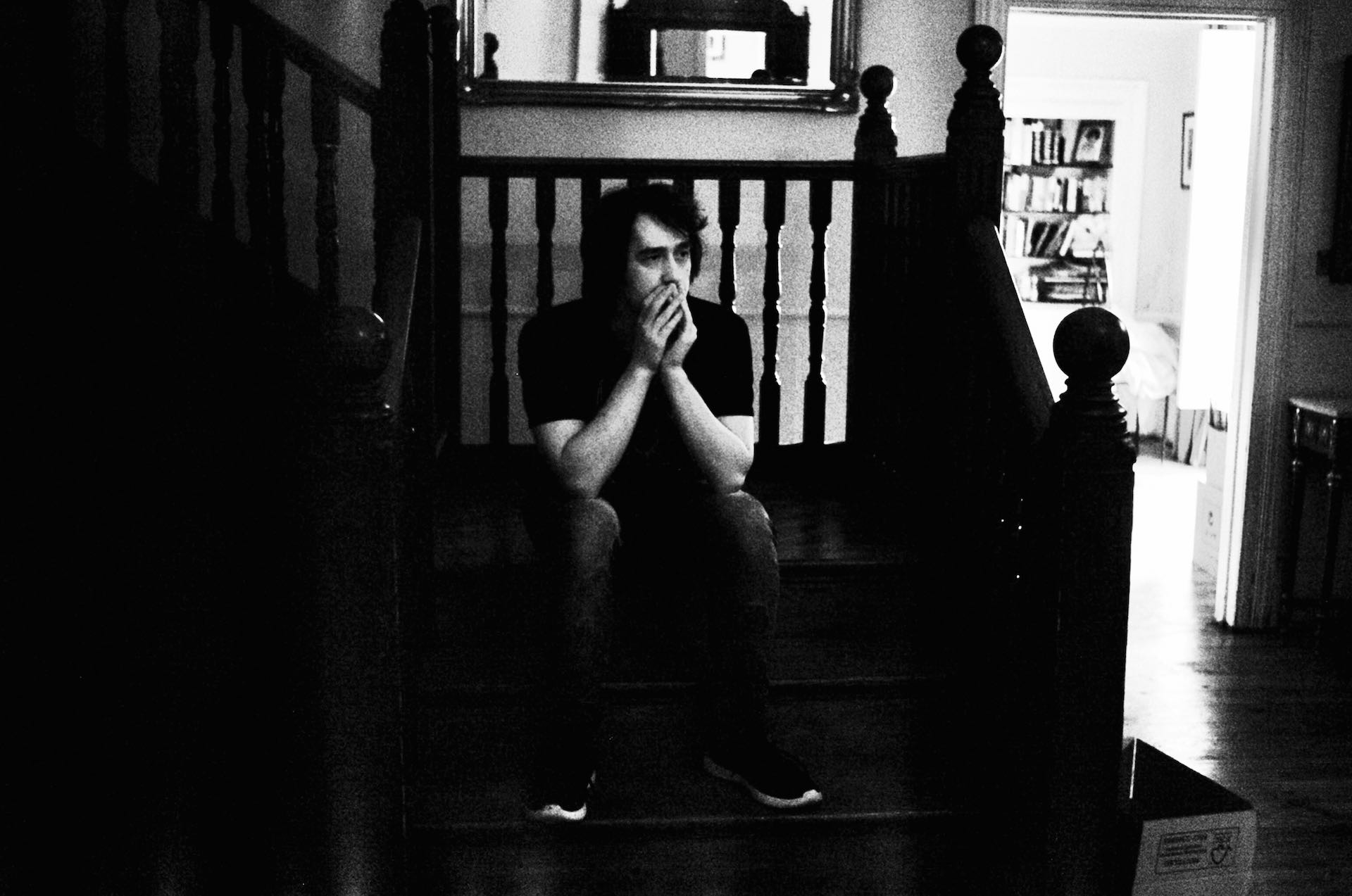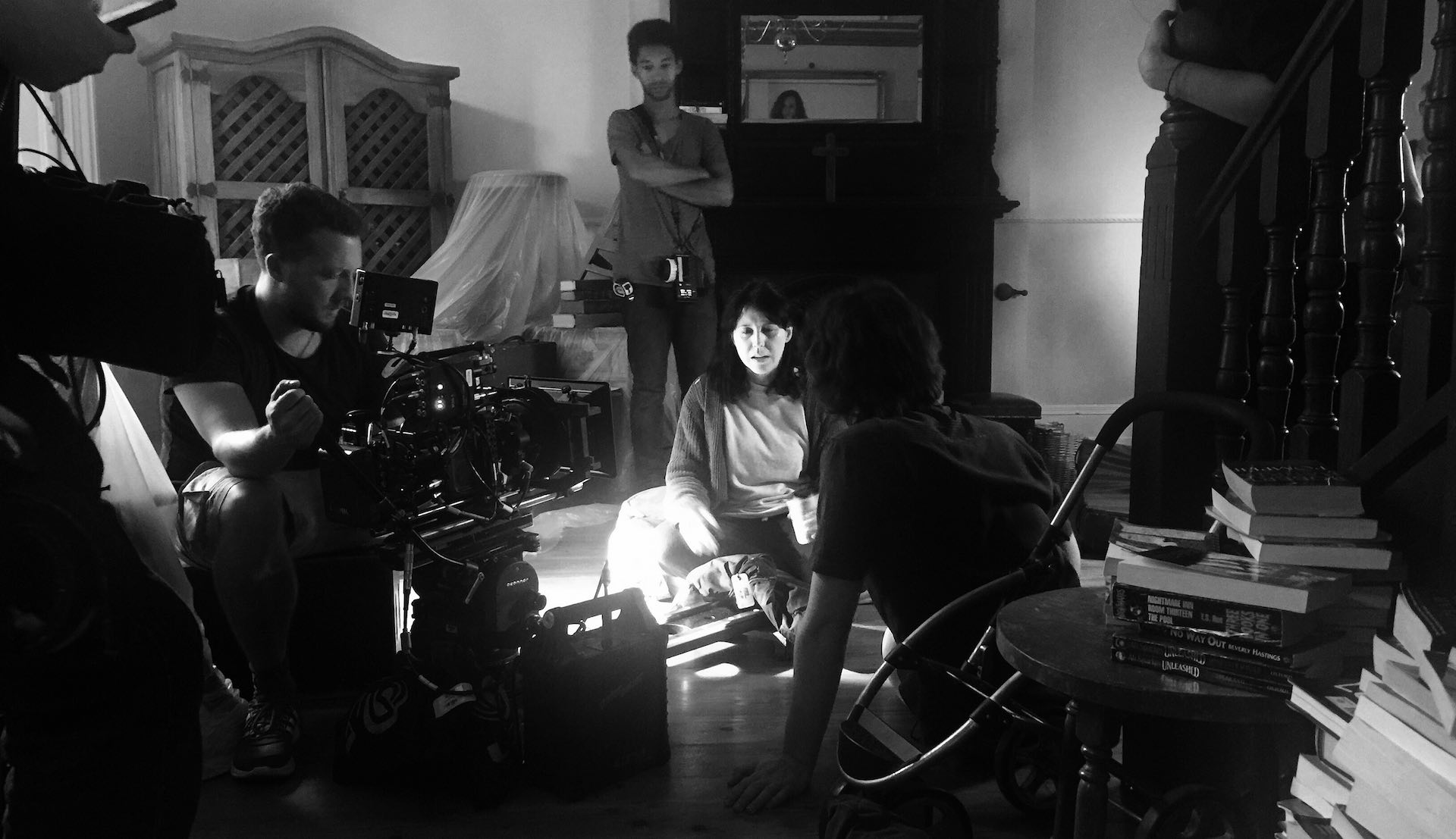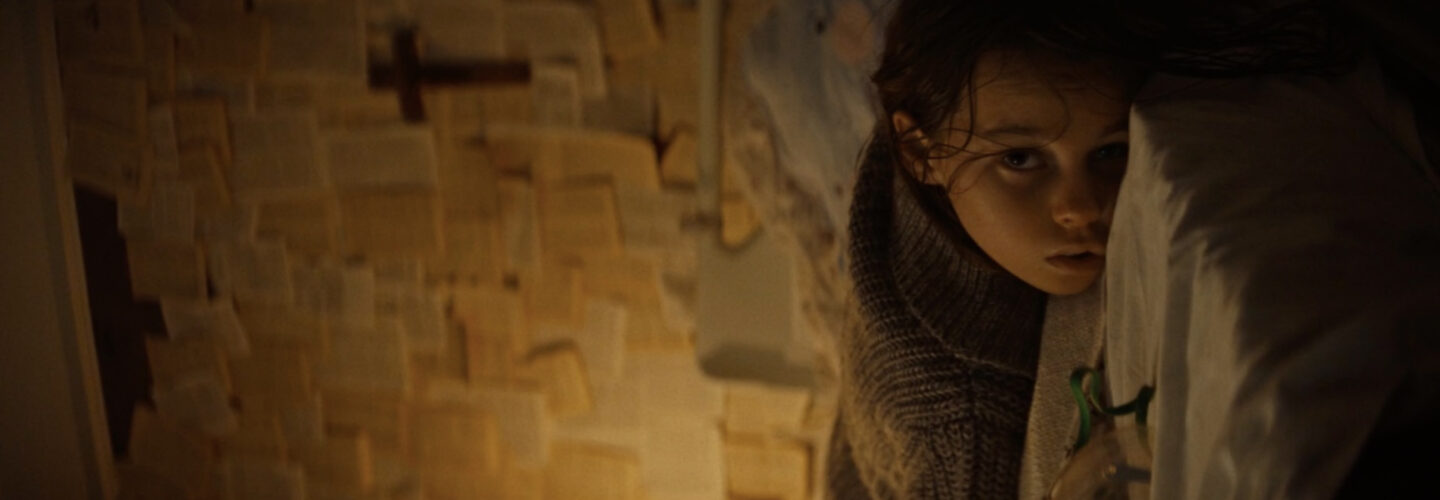
It’s been over four years since we first interviewed Director Rob Savage on DN. Joining us back then to discuss his debut feature Strings, Savage has returned to the site since with a mythical music video, a short but dense film about the grieving process and a genre film looking to connect deaf and hearing audiences. It’s fair to say – he’s become somewhat of a fixture on Directors Notes. Back again, for a fifth feature on our site ahead of his London Film Festival screening, Rob joins us to discuss new Micro-Horror Salt – a two-minute short brimming with atmosphere and tension.
For a 2-minute film there’s a lot going on in Salt, can you introduce the storyline to our readers and explain why you didn’t make it into a longer piece?
Salt is a film about Annie, a mother caring for her seriously ill child, who has to protect her daughter’s soul from a demon intent on devouring them both. The only protection she has from the creature is a ring of salt, which creates a barrier that the demon cannot cross. Writer Jed Shepherd and I are obsessive horror fans and always try and push ourselves to do things that we feel haven’t been seen before in the genre, or haven’t been done in a certain way. Our last film Dawn of the Deaf was a zombie movie told entirely in sigh language and became a big festival hit, so we wanted to find a way to push ourselves beyond what we’d done in that film.
We were in Sundance with the film and me and Jed were pitching each other ideas. We both love siege movies and were trying to think of the most intense, contained siege movie we could make… and somewhere along the way, the idea of a siege movie inside a Salt Circle came up and we thought that was really cool. From there we just kept throwing ideas and images at each other until we had a rough story.
We wanted Salt to be a single set piece that was so packed with ideas and scares that the audience forgets to hold their breath.
We’re a huge fan of Atomic Monster and the intense, glossy horror films of James Wan, and we saw Salt as a compressed version of one of his rollercoaster horror movies. With that in mind, we decided that whereas Dawn of the Deaf was a slow-burn horror, we wanted Salt to be a single set piece that was so packed with ideas and scares that the audience forgets to hold their breath.


These Micro-Horror shorts have become quite popular online following David F. Sandberg’s Lights Out, however your film feels quite different to the ones that have come before it. Instead of just leading up to that one final jump, Salt concludes leaving its story very open-ended. Was this always the intention and is the universe of the film something you’re hoping to expand in the future?
We’d love to expand Salt into a longer piece but I’m not sure we had that in mind originally. I tend to like movies that ask the audience to keep up and don’t give them all the set up they’re expecting up front – instead I like to drop an audience into a scenario as late as possible and leave them with their imaginations fired up.
There’s definitely a lot of cool directions the idea could take were we to expand it, but when we were writing and shooting, our only aim was to keep the action unrelenting and to never let the audience get a step ahead of the action.
We wanted Salt to be more Aliens than Alien.
Most of the Micro-Horror shorts that you find online are similarly structured – they tend to be based around a discovery. A character investigates a sound, or wanders off, only to discover something horrific. They are designed to feel like the cold open of a horror movie – mostly concerned with set up and only tending to introduce their creature at the very end. We wanted Salt to feel like a set piece from the middle of a horror film – more action and adrenaline than anticipation. We wanted Salt to be more Aliens than Alien.


The film is driven by an energetic, authentic performance from Alice Lowe, how did you get Alice involved and what do you think she brings to the short?
Alice is awesome. We were so thrilled to have her on board and her involvement elevated the project and made everyone step up their game. Since our runtime was set at 2 minutes, we knew that we needed someone who the audience would immediately latch onto and empathise with – Alice has that quality in spades. After Sightseers, Garth Marenghi and Prevenge, Alice is Horror Royalty, which makes seeing her battle against a hell-sent Demon all the more entertaining, bringing an extra dimension to a thinly drawn character.
I’d been a huge fan of Alice’s for years and we immediately knew she’d be great for the film – we’d met briefly at the 2013 BIFAs, where Sightseers won big and my first feature Strings won the Discovery Award, but had no direct line to her. We were very lucky to be working with the brilliant Casting Directors Kharmel Cochrane and Heather Basten, who helped us secure a brilliant cast on a very low budget. Their enthusiasm for the project went a long way and the cast they helped us secure – not only Alice but the wonderful Beau Gadsdon – really elevated the material.


Alongside Alice, hunting her down throughout the film is the demon of the piece. How did you decide what you wanted your monster to look like and how did you go about bringing it to life?
The creature came from the fucked up mind of Dan Martin, SFX designer for Ben Wheatley, Peter Strickland and Harmony Korine among others. I’d worked with him before and his skill and imagination are unrivalled in the UK. I gave him a brief, but my ideas were more to do with the feral, unstoppable quality of the creature’s movement and posture – the design of the face is all Dan. He’s probably the busiest SFX designer in the country, but if something sparks his imagination, he’ll throw himself into the project and always deliver something cool – even on an extremely low budget, such as ours.
Our intention was to shoot the majority of the creature as a practical effect, with a performer in costume, and then enhance elements of the creature in VFX. The creature VFX was handled by the brilliant post house Absolute, who pulled a week of late nights to complete the film on schedule. I can’t overstate their contribution to this film, the artists who worked on the film are just that – artists. They put so much care into the movie, taking pride in every detail and nuance.
He’s so scary in moments I totally forget that there is a performer underneath all the effects work.
Credit should also go to James Swanton, who gives an incredible, unsung performance as the creature. He worked on the movement of the creature and would send me iPhone videos of himself pretending to be a rabid creature in his front room, crawling and spasming over household furniture. He’s so scary in moments I totally forget that there is a performer underneath all the effects work.
What are you working on next?
I’ve recently wrapped production on three episodes of a TV show called Britannia, a dark and bloody Roman epic for Amazon and Sky. After that I’m directing another TV show, which I can’t announce just yet but which I’m so excited for. We’re also developing a Dawn of the Deaf feature film (news of which will land soon), a gothic TV mini-series and a vampire movie called Haven, which has a brilliant, totally unique script by a writer called David Lemon that I’m hoping to shoot next year.
Subscribe to the Directors Notes podcast to hear our LFF filmmaker interviews. You can also catch up on all our coverage from the London Film Festival here.


